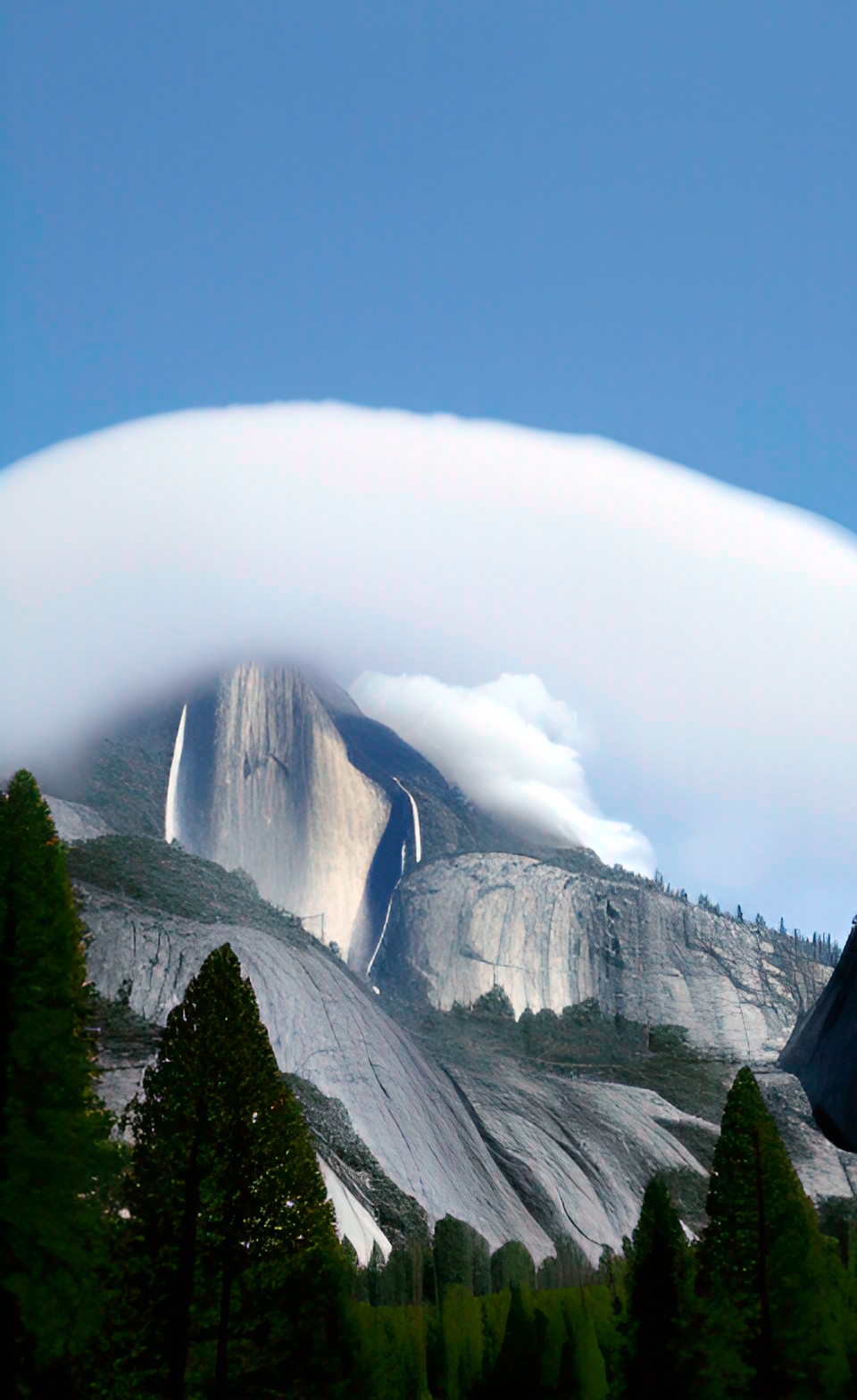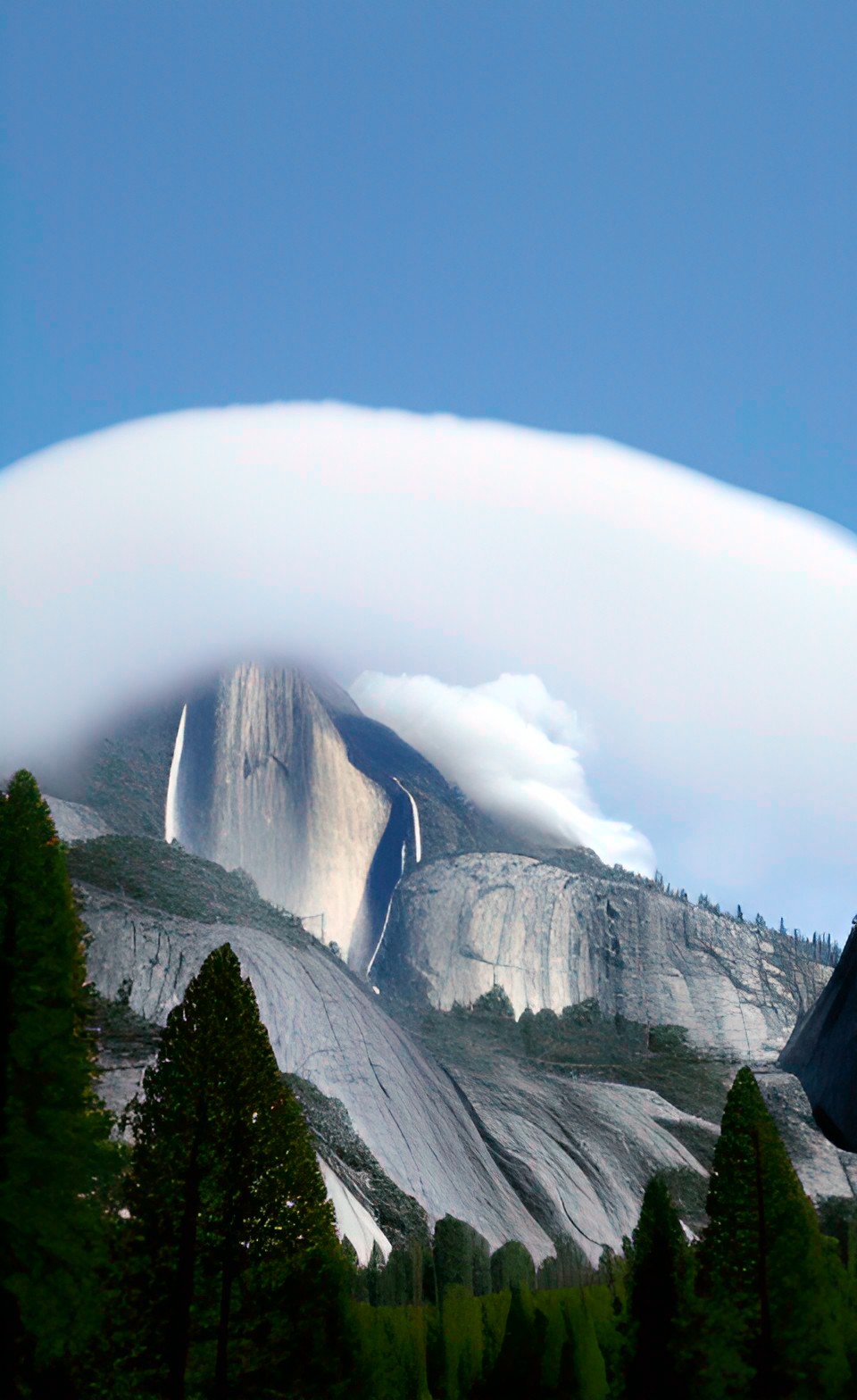_______________________________________________________________________________ Don't Forget: As an Affiliate, I Earn from Qualifying Purchases. If you click on any Amazon, Chewy, Walmart, or other links on my site and make a purchase through those companies, I may receive a small percentage of that sale at no extra cost to you. This helps me pay for the upkeep and maintenance of my site. You'll also notice advertisements on my site, which help contribute to the costs of running the site. _______________________________________________________________________________
Yosemite volcano, also known as the Long Valley Caldera, is a large volcanic depression located in the eastern Sierra Nevada mountain range in California. The caldera is formed from a supervolcano that erupted approximately 760,000 years ago, and it is now considered to be a dormant volcano. While the Yosemite volcano is not currently erupting, it is still capable of producing dangerous and destructive volcanic activity. Here is a comprehensive guide to the dangers of Yosemite volcano:
Potential for an eruption: While the Yosemite volcano is currently dormant, it is still capable of erupting in the future. The last eruption of the Yosemite volcano occurred approximately 760,000 years ago, and it produced a massive ash flow that covered much of the western United States. If the Yosemite volcano were to erupt again, it could produce a similar ash flow, as well as lava flows, pyroclastic flows, and volcanic gases. The potential for an eruption at Yosemite volcano is considered to be low, but it is not impossible.
Probability of an eruption: There are several factors that can increase the probability of an eruption, such as an increase in earthquake activity, ground deformations, and changes in gas emissions. These signs can indicate that magma is moving beneath the surface of the earth and that an eruption may be imminent. However, it is important to note that these signs can also occur without an eruption taking place and that the likelihood of an eruption at Yosemite volcano remains low.
Hazards: If the Yosemite volcano were to erupt, it could produce a number of hazards, including ash fall, lava flows, pyroclastic flows, and volcanic gases. Ash fall is a hazard that occurs when volcanic ash falls from the sky and covers the ground. It can cause respiratory problems, as well as damage to buildings and vehicles. Lava flows are streams of molten rock that can flow down the slopes of a volcano and destroy everything in its path. Pyroclastic flows are fast-moving clouds of hot gas and ash that can travel down the slopes of a volcano at speeds of up to 450 mph. Volcanic gases are toxic gases that can be released during a volcanic eruption, and they can cause respiratory problems and other health issues.

Preparedness: If you live or work near the Yosemite volcano, it is important to be prepared for the possibility of an eruption. This may include having an emergency supply kit, a plan for evacuating if necessary, and staying informed about the latest updates from local authorities. It is also a good idea to familiarize yourself with the signs of an impending eruption, such as increased earthquake activity, ground deformations, and changes in gas emissions. By being prepared, you can help to protect yourself and your loved ones in the event of a volcanic eruption.
Conclusion: Yosemite volcano is a large volcanic depression located in the eastern Sierra Nevada mountain range in California. While it is currently dormant, it is still capable of erupting in the future and producing dangerous and destructive volcanic activity. If the Yosemite volcano were to erupt, it could produce a number of hazards, including ash fall, lava flows, pyroclastic flows, and volcanic gases. It is important to be prepared for the possibility of an eruption if you live or work near the Yosemite volcano and to stay informed about the latest updates from local authorities.
It is important to stay informed about the latest updates from local authorities and to be prepared for the possibility of an eruption, even if the probability is low. This may include having an emergency supply kit, a plan for evacuating if necessary, and staying informed about the latest updates from local authorities. By being prepared, you can help to protect yourself and your loved ones in the event of a volcanic eruption.
